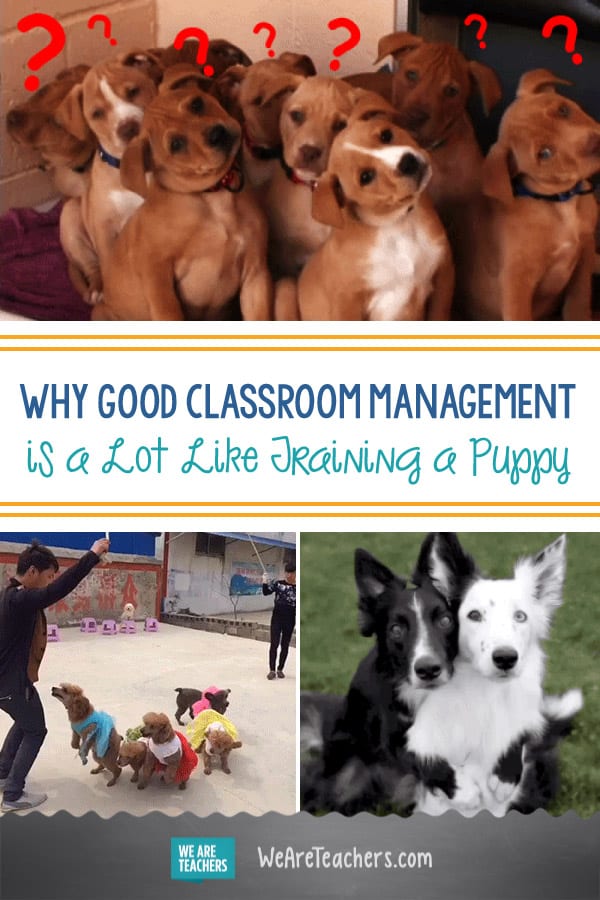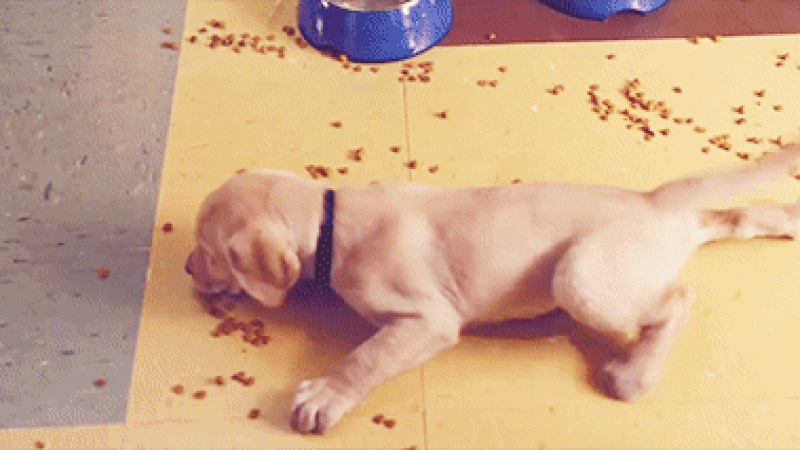Nobody wants to own the dog that eats through the drywall, chews shoes with their morning kibble, and growls by way of a greeting. Similarly, no teacher wants students who eat the paste, destroy the desks, and maraud the hallways like minions of mayhem. Most dog owners have realized that there are some fundamental training techniques that can curtail a dog’s most destructive behavior. And believe it or not, some of the best dog training tricks are also good classroom management strategies.
“Wait,” I can hear you asking. “Did he just equate running a chaos-free classroom to training a dog?”
Yes, yes I did. And just like training a puppy, when you use these tricks consistently, they can work wonders for an unruly classroom. If you’re struggling with students testing the boundaries, consider these techniques to get them back on track.
Base your feedback on praise rather than punishment.
There are some who will tell you a well-disciplined dog is one that you have “put in its place.” I suppose some dogs will put their tail between their legs and cooperate, but they will also pull away and guard themselves against you. The same is true of your students. Focus on punishing every minor infraction, and students will resent you, resist you, and eventually rebel. Praise your students for their good behavior and they will replicate that behavior, respond well to criticism, and respect you.
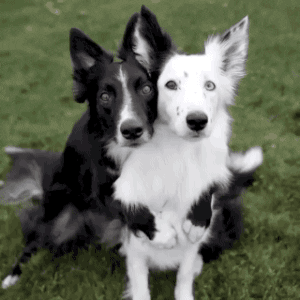
Establish that, as the teacher, you are the Alpha.
A dog does need to know who is in charge. A dog will follow someone who leads with confidence and appears to know what should happen next. Dogs will sense weakness immediately and test the waters in the hopes of becoming the alpha themselves. We all know kids sense this weakness, too. Students need to see that a teacher knows the material, has come prepared, and leads with a level enthusiasm that makes kids want to follow every word. Be enthusiastic, be confident, be loud! Students will follow your lead.

Don’t let boredom sabotage behavior.
There are countless stories of dogs chewing through favorite shoes or eating television remotes. Most of the time this is because the dog has nothing better to do, and nothing to occupy its boundless energy in a more productive way. The same is true of a classroom. One of the keys to classroom management is to pack classes with enough variety and intellectual challenge that students are too busy working to misbehave. When teachers wrap up lessons 10 minutes before the bell or hand kids busy work, they will get restless. School is a long day for kids filled with energy, and hormones, and angst. Keep them busy and interested.
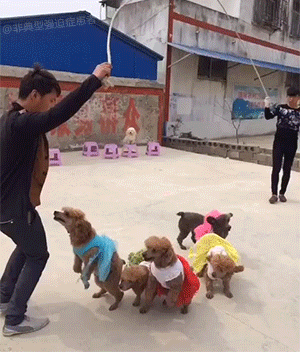
Make expectations clear and consistent.
Dogs respond to short commands and routine. If a new dog owner wants the dog to sleep in a crate, that needs to happen every night. There can’t be a few nights when Fido can cozy up in your bed. Mixed signals lead to confusion, and the same is true of students. Kids thrive when they know what is expected of them, and can bank on those expectations being the case each and every day. The more teachers build routines into their days, the easier it is for kids to navigate the complexities of their lives.
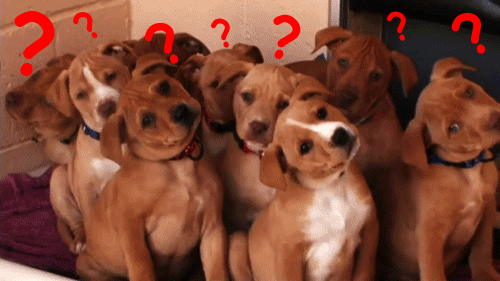
Give them the attention they want on your terms.
Dog always barks too much when the doorbell rings and gets a lot of (negative) attention in return? Might be worth it if it has been a lonely day. Many of our students are in dire need of attention and will get it from us somehow. Make it clear from the start that attention will be given to the kids doing the right thing, and others will be addressed quickly and without emotion. Turn your eyes to the kids who are engaged, and others will engage in the hopes of getting your attention as well.
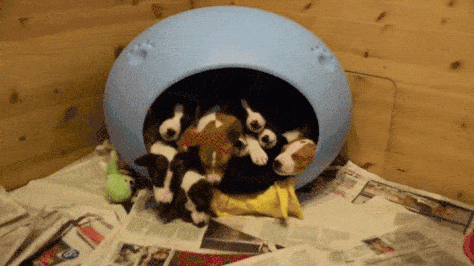
Lots of new dog owners start off with the best of intentions, training their new puppies early on and then letting the discipline fade over time. This is when it all goes sideways.
The same can be true of a school year. For the first marking period, teachers are vigilant, but then things are going along well and the expectations loosen up a bit. Sometimes that can result in a classroom that starts getting out of control. If that starts to happen, just remember these good classroom management techniques and return to a relationship based on mutual respect, and maybe even adoration.
